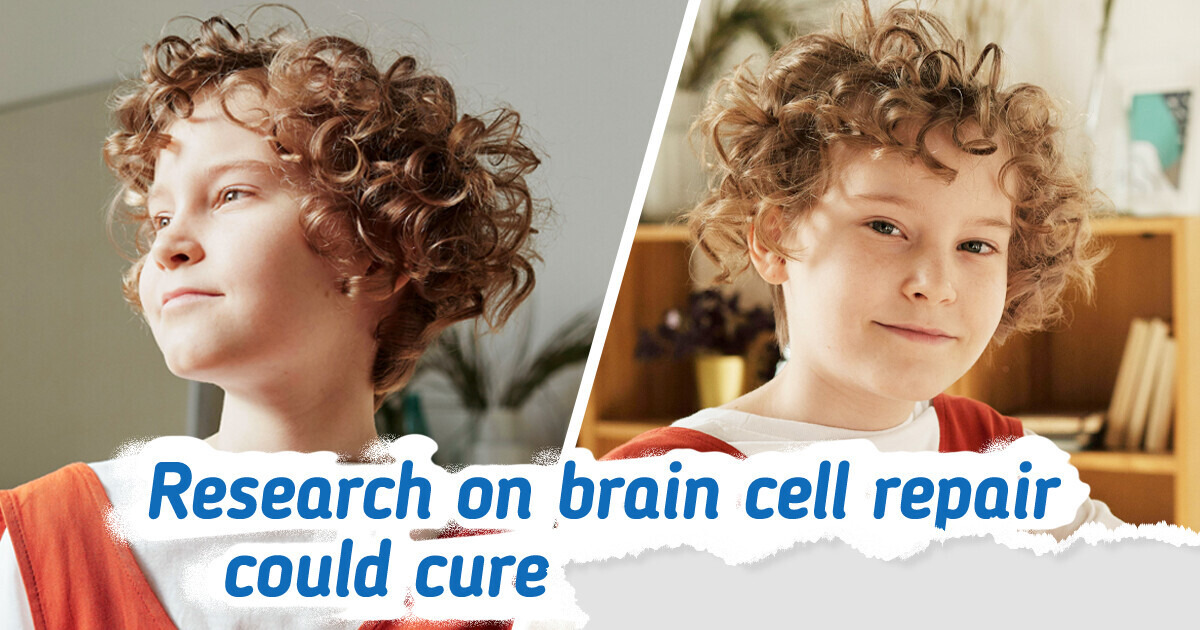17 Hotel Workers Who Got a Big Surprise From Their Guests


Every year has its ups and downs, and 2024 is, or should we say was, no different. But as the year ends, let’s take a stock of all the good things that happened via science, that may help shape 2025 into a better and brighter year. Here’s a tally of all the good things that happened, in science, that made this recent year redeemable in innumerable ways. On that note, hope everyone has a great new year.
In 2024, scientists managed to help people afflicted by a rare genetic disorder called Timothy’s syndrome. It is a severe, multisystem disorder which shows up as autism, epilepsy, and more. A drug called antisense oligonucleotide was seen to repair brain cells, by letting human neurons develop normally despite the mutation induced by Timothy’s syndrome.
This has led to a new ray of hope in the medical community, some of whom feel that this drug might similarly help people afflicted with other genetic conditions that cause schizophrenia, epilepsy, ADHD, and autism spectrum disorder.
Giant pandas are still a vulnerable species, with not many living in the wild. As per a recent study, scientists have managed to take giant panda skin cells and turn them into stem cells. Stem cells have the potential of turning into any kind of cell, which means that this step can protect giant pandas to stay healthier, live longer and perhaps also aid in breeding.
While things are a long way from being official, there is news of a conceptual prototype reactor made that can harvest hydrogen fuel from nothing more than sunlight, and water. Given this is green hydrogen, and has the potential of replacing fossil fuels, this is great news for us and our planet indeed.
There has been news of certain new vaccines working in autoimmune diseases, and mice trials have had promising results. More recently, scientists claim they have found the root cause of lupus, and this means that its cure or prevention also may not be too far away.
Instead of tamping down the entire immune system, the new vaccine being developed could target only certain cells in the body that cause autoimmune diseases.
The Iberian lynx is no longer endangered, which means careful and scientific planning of learning how to save animals is finally working. The conservation efforts behind saving the Iberian lynx largely focused on increasing the number of its prey, the wild rabbit, and now this lynx is out of danger.
As reported by BBC, Francisco Javier Salcedo Ortiz, a coordinator responsible for leading the conservation action, described it as the “greatest recovery of a cat species ever achieved through conservation”.
In many cultures, menstrual blood is considered unclean and taboo. Science is proving otherwise, by using menstrual blood as a diagnostic tool for conditions like endometriosis. More recent research says it can also be used to measure blood sugar, and the more importantly, underlying genetic causes of diabetes. Clearly, menstrual blood is more than just body waste. Period.
Till now, only humans, dolphins, and elephants were the only known species who vocally named their compatriots. Now it seems marmoset monkeys have similar abilities, and use different calls for various members of their group. Not just that, it seems the names of others are family learned as well, so clearly animal smartness is not just something that exists in fairytales and children’s stories.
When it comes to people with melanomas, there is definite good news on the horizon. The US Food and Drug Administration has approved a new cancer therapy, called Amtagvi to treat aggressive forms of melanoma, which cannot be surgically removed. This treatment has been developed using immune system cells from a patient’s tumor and is a ray of hope for cancer treatments on the whole.
The rise of biomaterials, substances engineered to integrate and interact with biological systems, shows that the quality of human life will soon see a marked improvement in the new future. From the engineering of organs that could save the life of the thousands of patients on organ donor lists, to bringing down the costs of artificial limbs, medical science is growing by leaps and bounds.
Biomaterials may also help in repairing disabilities, like spinal cord injuries and more, and the research is tremendous in both scale and speed.
If conceiving via IVF for humans was not magical enough, scientists manages to successfully impregnate a southern white rhino using in-vitro fertilization, in Kenya. This technique could not only save the northern white rhino from total extinction, but also work on other endangered species, helping eco-scientists retain our bio-diversity.
Let us all work towards making this year, the greenest and happiest year yet. On that note, here go some more tips and swaps, to make our homes greener, too.











